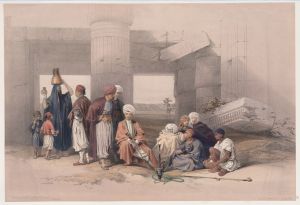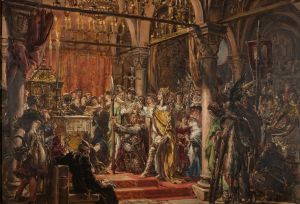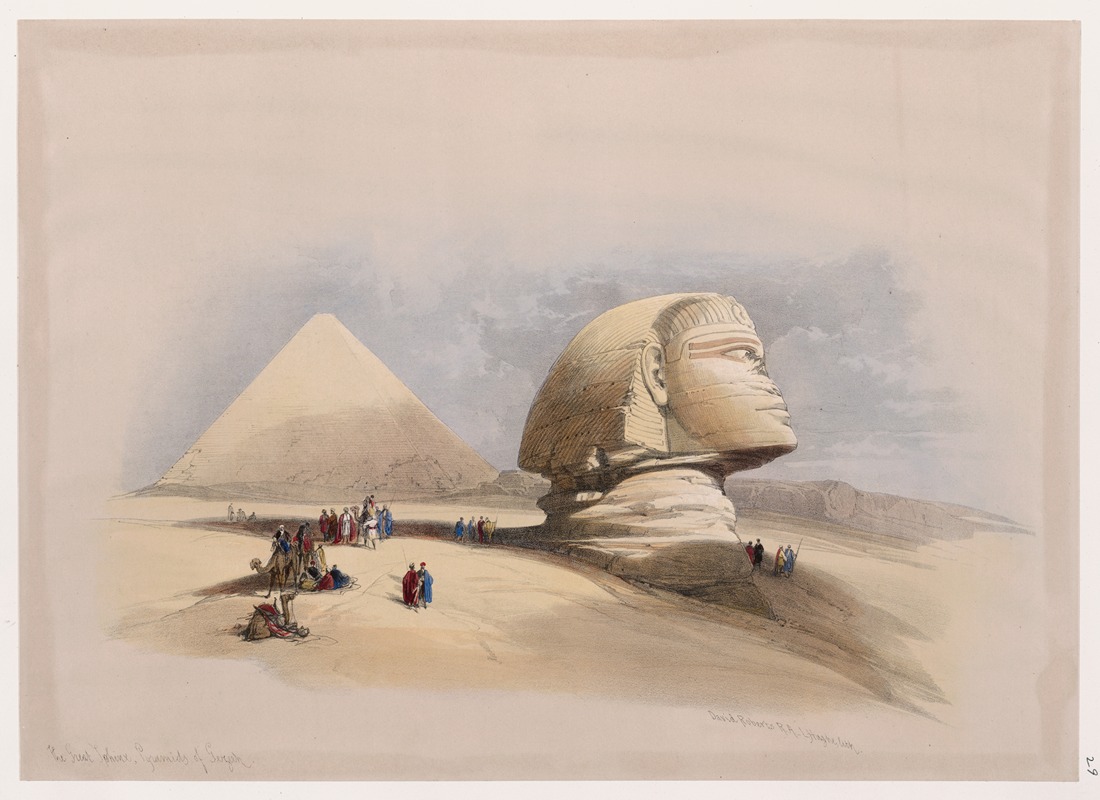
The Great Sphinx, Pyramids of Gezeeh.
A hand-painted replica of David Roberts’s masterpiece The Great Sphinx, Pyramids of Gezeeh., meticulously crafted by professional artists to capture the true essence of the original. Each piece is created with museum-quality canvas and rare mineral pigments, carefully painted by experienced artists with delicate brushstrokes and rich, layered colors to perfectly recreate the texture of the original artwork. Unlike machine-printed reproductions, this hand-painted version brings the painting to life, infused with the artist’s emotions and skill in every stroke. Whether for personal collection or home decoration, it instantly elevates the artistic atmosphere of any space.
David Roberts' painting The Great Sphinx, Pyramids of Gezeeh is a 19th-century artwork that depicts the iconic Great Sphinx of Giza and the nearby pyramids in Egypt. Roberts, a Scottish painter and lithographer, is renowned for his detailed and romanticized depictions of Middle Eastern and Mediterranean landscapes, architecture, and monuments. This painting is part of his larger body of work created during his travels in the region in the 1830s and 1840s.
Roberts visited Egypt in 1838–1839 as part of an extensive tour of the Middle East. During his journey, he produced numerous sketches and studies of ancient sites, which he later developed into finished paintings and lithographs. His works were widely acclaimed for their accuracy and artistic quality, providing European audiences with some of the first detailed visual representations of these historic landmarks.
In The Great Sphinx, Pyramids of Gezeeh, Roberts captures the grandeur of the Great Sphinx and the pyramids, which are among the most famous monuments of ancient Egypt. The Great Sphinx, believed to date back to the reign of Pharaoh Khafre (c. 2558–2532 BCE), is a limestone statue with the body of a lion and the head of a human, symbolizing strength and wisdom. Behind the Sphinx, the pyramids of Giza rise prominently, including the Great Pyramid, which is attributed to Pharaoh Khufu (c. 2589–2566 BCE) and is one of the Seven Wonders of the Ancient World.
Roberts' painting reflects the fascination with Egyptology that was prevalent in Europe during the 19th century, a period often referred to as the "Egyptomania" era. His works were instrumental in popularizing knowledge of ancient Egyptian culture and architecture in the West. The painting also highlights the interplay between the natural desert landscape and the monumental achievements of ancient Egyptian civilization.
The artwork was later reproduced as part of Roberts' lithographic series The Holy Land, Syria, Idumea, Arabia, Egypt, and Nubia, published between 1842 and 1849. This series, produced with lithographer Louis Haghe, was highly influential and remains a significant historical record of the sites Roberts visited.
Roberts' depiction of the Great Sphinx and the pyramids is notable for its attention to detail and its ability to convey the scale and majesty of these ancient structures. His work continues to be appreciated for its artistic merit and its contribution to the documentation of historical landmarks.





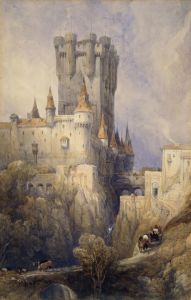

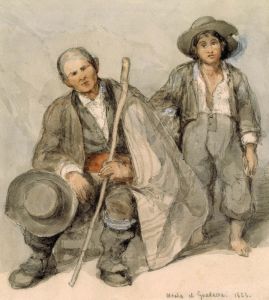
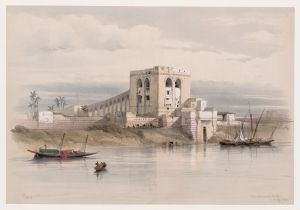
![Karnac [Karnak]. Nov. 27, 1838.](/imgs/217501/s/david-roberts-karnac-karnak-nov-27-1838-2ea4b2c4.jpg)
![Karnac [Karnak]. Nov. 29th, 1838](/imgs/217503/s/david-roberts-karnac-karnak-nov-29th-1838-5a10b435.jpg)
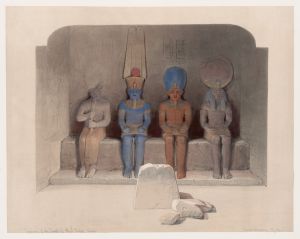
![Temple at Wady Dabod [Wadi Dâbûd], Nubia.](/imgs/217543/s/david-roberts-temple-at-wady-dabod-wadi-dabud-nubia-14fd5f6c.jpg)
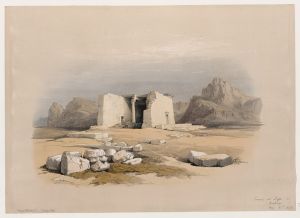
![Temple of Wady Kardassy [Qirtâsî] in Nubia.](/imgs/217550/s/david-roberts-temple-of-wady-kardassy-qirtasi-in-nubia-d2cce283.jpg)
![Tombs of the Khalifs [Caliphs], Cairo.](/imgs/217567/s/david-roberts-tombs-of-the-khalifs-caliphs-cairo-375b2402.jpg)
![View from under the portico of the Temple of Dendera [Dandara].](/imgs/217571/s/david-roberts-view-from-under-the-portico-of-the-temple-of-dendera-dandara-cfe01457.jpg)
